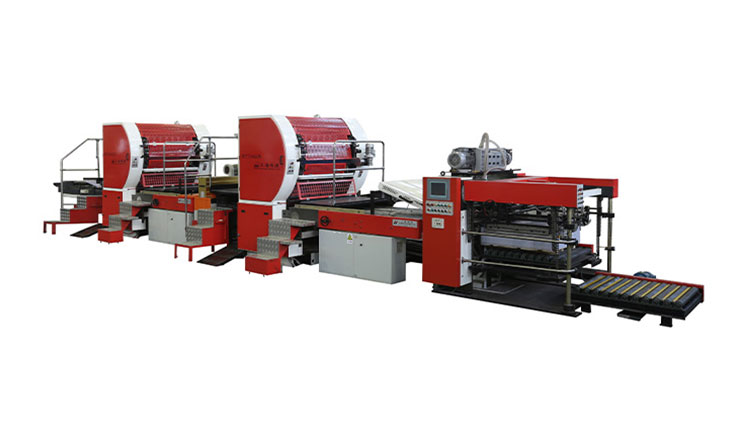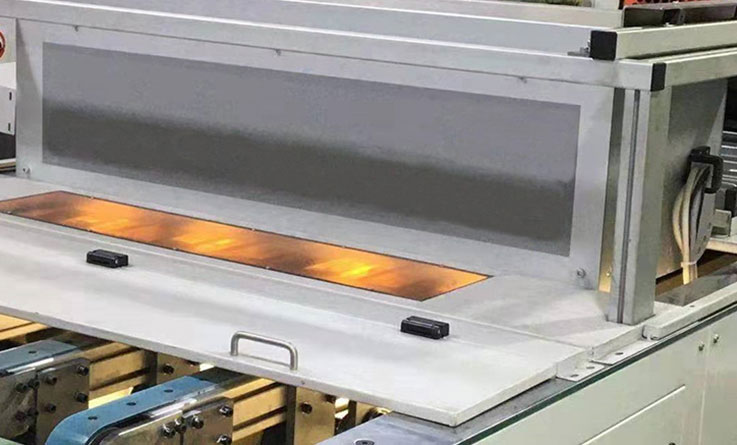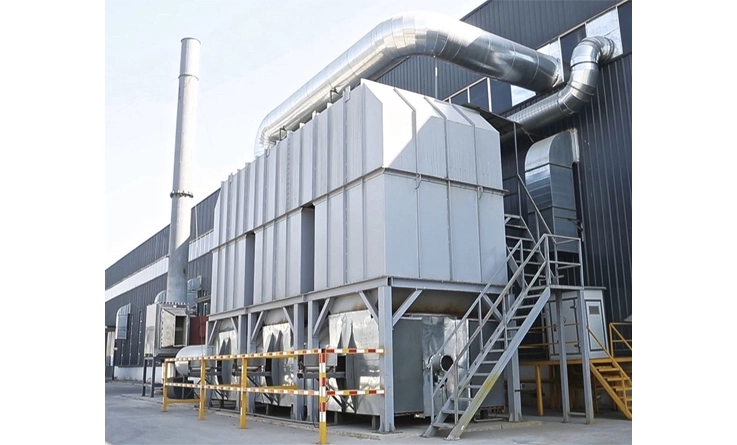In the wake of growing environmental consciousness, the packaging industry is witnessing a significant shift towards eco-friendly initiatives, and tin can printing machines are at the forefront of this green evolution. These machines are embracing sustainability to reduce their environmental impact, offering a blend of efficiency and eco-conscious practices. In this exploration, we delve into the eco-friendly initiatives that are transforming tin can printing, contributing to a more sustainable and responsible approach to packaging.
Water-Based Inks: Nurturing Tin Can Designs with Environmental Sensitivity
One of the key eco-friendly initiatives in tin can printing involves the adoption of water-based inks. Traditionally, solvent-based inks have been widely used in the industry, but they often contain volatile organic compounds (VOCs) that contribute to air pollution. Water-based inks, on the other hand, significantly reduce the emission of harmful chemicals, providing a more environmentally sensitive solution. This initiative not only aligns with sustainability goals but also ensures that tin can labels are produced with minimal impact on air quality, fostering a healthier and greener printing process.
Recyclable Substrates: Closing the Loop on Tin Can Packaging
In a commitment to circular economy principles, modern tin can printing machines are incorporating the use of recyclable substrates. By opting for materials that can be easily recycled, the packaging industry aims to close the loop on tin can packaging. These recyclable substrates, when combined with responsible disposal practices, contribute to reducing the environmental burden of packaging waste. The initiative not only addresses the end-of-life stage but also encourages a holistic approach to sustainability throughout the entire life cycle of tin can packaging.
Energy-Efficient Processes: Minimizing the Carbon Footprint of Printing
Eco-friendly initiatives with tin can printing machines extend beyond the choice of inks and materials to the very processes involved in printing. Energy-efficient technologies are being integrated into these machines, minimizing the carbon footprint of the printing process. From advanced drying systems that require less energy to optimized printing workflows that reduce overall energy consumption, the industry is embracing practices that prioritize efficiency and environmental stewardship. These initiatives align with global efforts to combat climate change by minimizing the environmental impact of industrial operations.
In conclusion, the eco-friendly initiatives adopted by tin can printing machines are paving the way for a more sustainable future in packaging. Water-based inks, recyclable substrates, and energy-efficient processes collectively contribute to reducing the environmental footprint of tin can labeling. As consumer preferences increasingly lean towards eco-conscious products, these initiatives not only meet regulatory requirements but also position the packaging industry as a responsible and proactive participant in environmental conservation.
The journey towards eco-friendly practices with tin can printing machines reflects a commitment to balance technological advancements with environmental responsibility. As these machines evolve, embracing sustainability becomes a strategic imperative, ensuring that tin can labeling not only meets the highest standards of quality but also aligns with the broader goal of creating a more sustainable and resilient packaging ecosystem. The eco-friendly initiatives with tin can printing machines embody a transformative shift in the industry, proving that packaging can be both aesthetically pleasing and environmentally responsible.

 English
English français
français Deutsch
Deutsch Español
Español italiano
italiano русский
русский العربية
العربية tiếng việt
tiếng việt Türkçe
Türkçe فارسی
فارسی magyar
magyar Ελλάδα
Ελλάδα Burmese
Burmese


